Mikey Boardman came to the studio for a wet plate tutorial on Sunday. He’s about to start his under grad. course in Photography at Blackburn.
He was more interested in shooting glass plates than tintypes. And surprisingly had no interest in portraiture, which most people seem to want to concentrate on. In all he shot about twenty plates. By the end of the day his pouring technique for collodion and Dev were spot on!
Lets get cleaning…
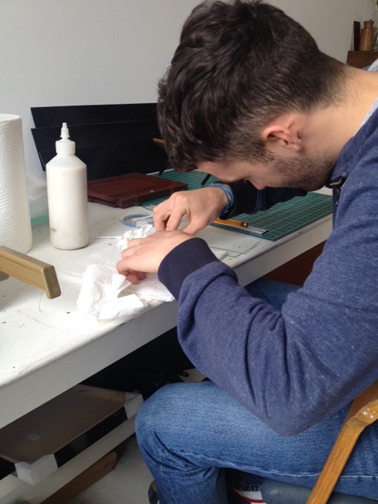
First couple of plates the usual short pours and Dev islands….
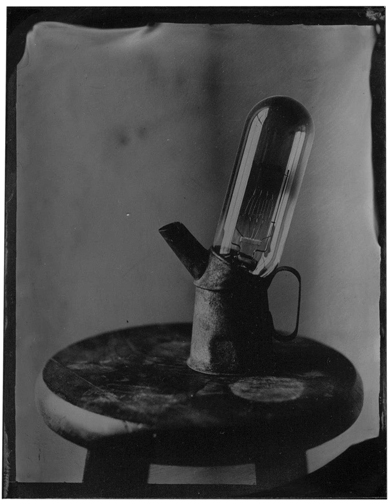
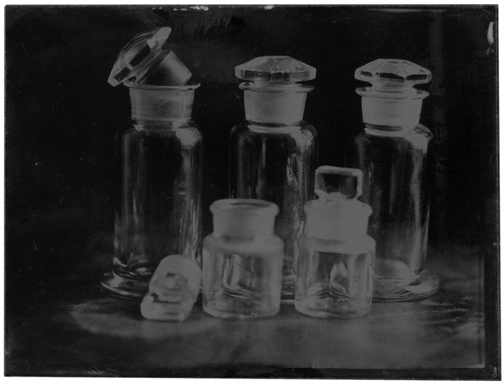
Daylight at last.
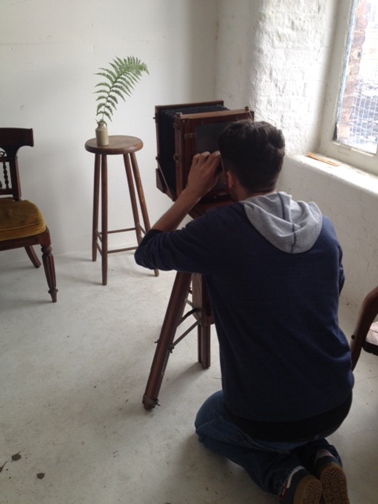
Enough of those fern now….
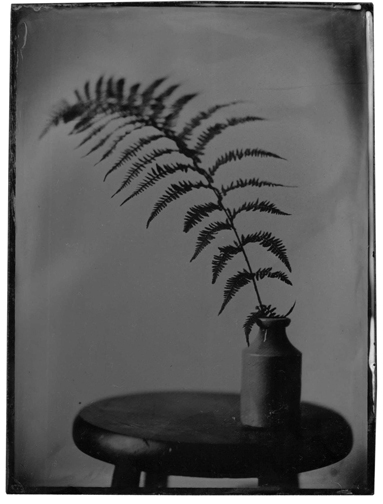
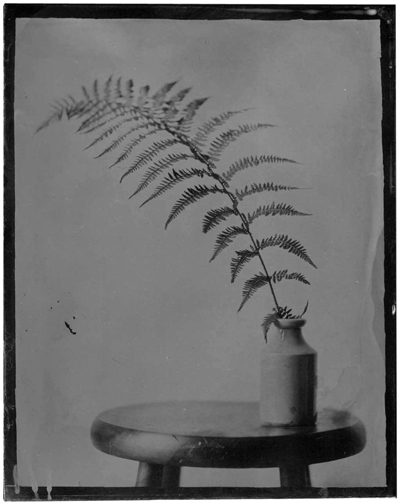
This corridor shot was a tricky one as he was trying to get it with the sun streaming through the windows, a rarity in Manchester, needless to say each time he tried the sun went in!
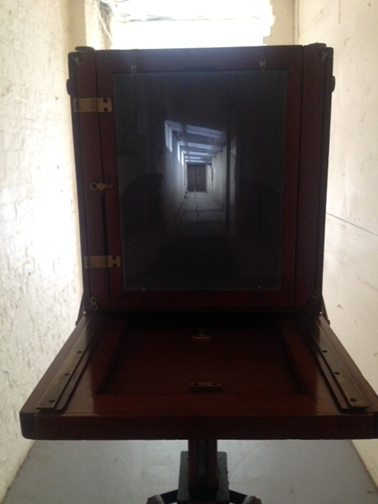


The challenge of changing exposures from inside the studio and outside…. its all good practice.
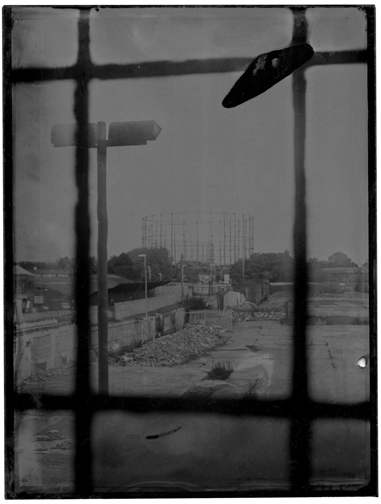
Mikey is in the middle of building a darkroom at home, chems are at the ready and he’s just waiting on a few bits and pieces then he’s ready to go. And I’m sure he’s going to be producing some fine plates some time soon.
He also managed to bag a really nice half plate camera with several holders and lenses for a bargain price….welcome to the world of Wet Plate!
Plate scans supplied by Mikey. Main first image from my dodgy iphone camera!
1 Response
[…] http://fourtoes.co.uk/iblog/?p=8454Here I would like to talk through the dialogue which took place when on my wet plate workshop back on the 29th June 2014. I had opted for a 1-to-1 workshop with Tony Richard in Manchester as opposed to a group workshop with John Brewer as I thought this worked better for myself and how I like to work. When I got there I was already in the know of the processes procedure and the order in which each step was taken. I was given a brief introduction to health and safety, as when working with these chemicals it is vital to take every precaution necessary. After this we then moved onto cutting glass and sanding the edges to take away any sharpness which could cut the skin. Cleaning the glass is the next procedure and this is done with a ‘whiting solution’ which is basically a mixture of water, chalk and alcohol (very messy stuff). The plate is then given an egg white around the edges, to stop the collodion from peeling and left to dry. Once dry the plate can be flowed with collodion, placed in a silver nitrate bath to sensitize. After four minutes the plate is removed, the back of the plate has excess silver nitrate wiped off and then placed in the plate holder. Exposures are made by removing the lens cap, as exposures tend to be more than eight seconds or so. Developed is poured over one edge of the plate and flowed on the plate (if exposure is correct, image should appear within 15 seconds). The plate is then stopped with water and fixed in Ilford rapid fixer. Dried and then varnished with either Sandrac or Shellac varnish. Tintypes (images on tin) can be buffered with a renaissance wax which gives a matte look. The day started around 9.30am and was concluded around 8pm as I was all collodioned out. This was the first step in my wet plate research and something which I would recommend to anybody with an interest. During the day I photographed mostly still life as I didn’t want to make portraits (not a portrait kinda guy) and used props such as light bulbs, flowers, cameras, bottles and other random items. I also tried to make an image of the corridor which proved tricky as the bright light beaming through the windows would provide my highlights whereas the area which I was stood in had no direct daylight so would be underexposed resulting in near total black areas. I have included pictures below which I have taken from Tony’s blog and also provided a link to the page in which he did a little write up on my days work. (He also has other interesting things on there varying from cameras, printing techniques and other ‘arty stuff’) […]